 |
|
|
|
In the Forums... |

Posted: October 18th, 2002
The task of setting up a computer these days usually doesn't require the end user to poses a vast talent of knowledge in doing so. Sony's thinking pattern in this aspect seems to be very much the same and because of this there is little more in the box than simple short illustrated guidelines and a brief Customer Guide booklet. While these are of high quality one would expect somewhat more content as standard. In hardware terms this notebook is very easy to setup, helpful are the marked ports making it obvious what cable plugs in where. For the lack of a thorough manual we so criticized above Sony does make up for this by supplying wealthy in contents PDF format documents as part of the software installation. With this the question arises how does one read them if for instance the machine will not turn on? While we applaud Sony's personnel for saving paper we cannot help but ask what good is a manual if you cannot read it? The battery is by default supplied separate so before full operation is possible inserting it into the appropriate bay is compulsory, this in itself was swiftly done without any hassle. In a busy world such as ours there is never enough time in the day and luckily for us setting this piece of equipment up doesn't consume more than the average 5-10 minutes of your life. Drawing to some sort of conclusion we would like to stress that although we had little difficulties the presence of some paper manual would be well observed dually by us and mostly the majority of end users alike. 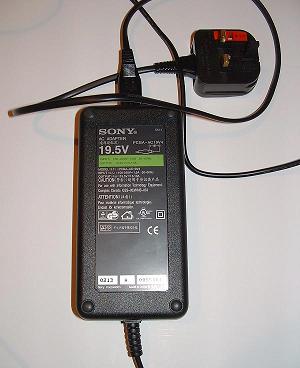
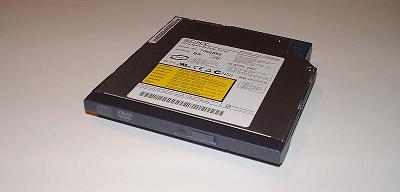

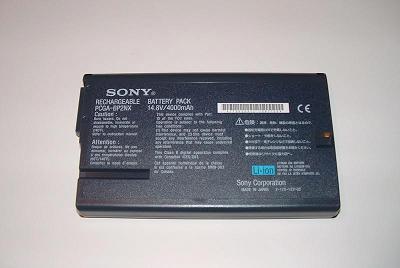
Naturally we all would prefer a stylish notebook armed with the latest technology but one asks what good would this all be if it is uncomfortable to use in long term? Although trivial it may sound the truth is quite the opposite. The GRX316MP excels itself in providing a relaxing workspace much thanks to the proper sized keys and its wonderful large screen. The latter runs natively at 1600x1200 and boasts a size of 16.1 inches allowing it to provide as much screen estate as a 17 inch CRT monitor still in use today. The keyboard makes typing a breeze with well spaced keys, a solid feel and a decent sound when pressed. Sony has taken cooling seriously both temperature and noise wise, the two system fans produce only a gentle hum so near silent you can forget of their presence. While on the topic of cooling we think its worth noting that the GRX series from Sony doesn't heat up as much as many other notebooks, the base remains only mildly warm to touch and no warmth is transferred through the keyboard removing the problem of sweaty fingers. Windows XP makes a well chosen companion and after numerous weeks of use there is still a BSOD to spring up on us. Whether this is thanks solely to Windows XP and/or Sony's drivers/quality control one cannot know but certainly as a business machine its stability is definate feature. 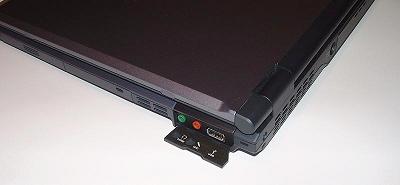
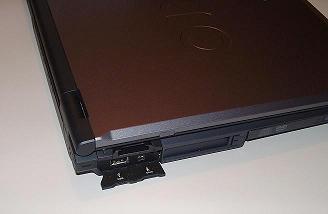
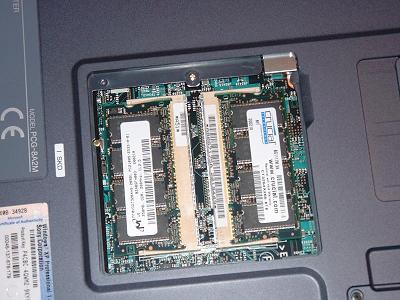
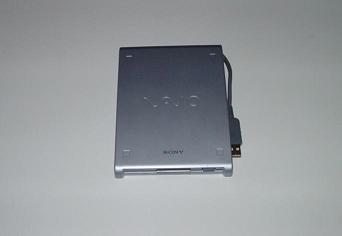
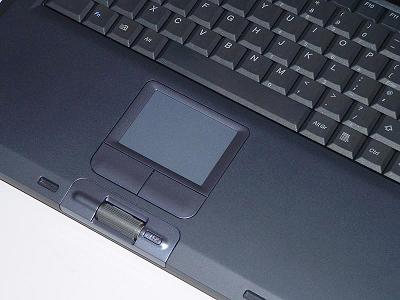
When deciding on purchasing a given notebook one cannot bypass its specification. The Sony GRX316MP comes equipped with an Intel Pentium 4-M processor running at 1.6GHz. Do note this chip is based on the Northwood core thus features 512K of L2 cache as standard. 256MB of Samsung PC2100 DDR SDRAM is installed in the form of one 144pin SO-DIMM whereas the Toshiba 30GB 4200rpm 2MB buffer hard drive is fitted in an easy removable bay. Graphics come courtesy of ATI in the appearance of the Radeon Mobility 7500 (M7, 258MHz core) with 32MB DDR RAM (333MHz). Backup is powered by Sony's own CDRW drive that may write at up to 16x speeds and re-write at up to 10x. The drive also serves as a CDROM/DVD ROM providing speeds of 24x/8x respectively. 16bit sound is generated via the YAMAHA AC-XG which also features a power saving mode as most mobile devices these days. USB 1.1 is the serial connection of choice and this literally extends in three directions. Two USB ports are located at either side of the base and to add to this one more is located at the rear. PCMCIA type I, II and III is supported in numbers of 1/2/2 respectively powered by a Ricoh R/RL/5C476 (II) controller. Beside these is Sony's very own Magicgate slot so well known amongst owners of other Sony products. Network connections are possible either via the also commonly standard Firewire IEEE1394 or more favorably the Intel PRO/100 VE. Dial-up Internet usage comes present by a Conexant-Ambit Soft56 Data, Fax ICH modem. One of the most vital components is the beautiful 16.1 inch Sony LCD panel capable of a fine 1600x1200 resolution with one of the widest viewing angles known in the industry. Text can be literally read looking at the screen from an almost 180 degree angle, impressive to say the least. It is best we draw strong attention to the lack of an in-built Floppy drive as most people will still want to make use of one, however there is no need to fear as Sony offers a USB floppy drive for purchase as an accessory. Overall Sony can be applauded for selecting sensible parts in its design, what we did lack and would of liked to of seen however is Bluetooth 802.11b wireless capabilities and perhaps even USB 2.0 compliance as standard. While these are not essential in day to day mobile life their presence would blossom in a wonderfully rich feature rich notebook. Sony did not make the worst mistake missing these out by far though as the saying goes nothing is perfect and thus can be improved. 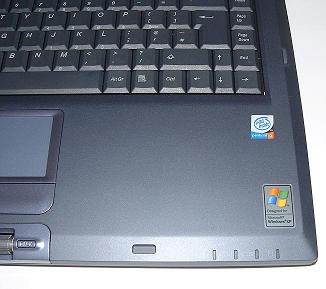
|
||
|
| |||
|---|---|---|---|